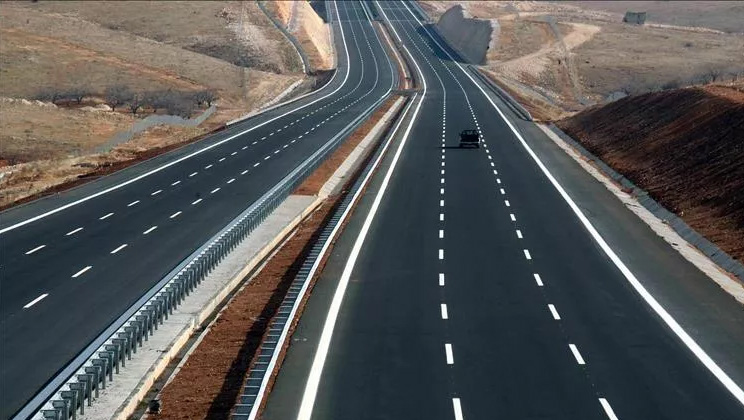Our top priority is to ensure traffic safety! All the traffic inventories, that provide traffic order, notify its rules and manage its flow, are under your control with Tytovision's Traffic Inventory Data Generation (TIDG)!
With mobile dash cam footages, TIDG transfers the physical traffic infrastructure of the city to digital data by detecting and mapping all traffic inventories.
In European standards a total of 284 types of traffic signs, 107 "Information (I)", 15 "Parking (P)", 23 "Panel (PL)", 59 "Danger (D)", 80 "Traffic Regulation (TR)", Along with additional traffic lights, pedestrian crossings, traffic safety mirrors, bus stops, delineators, street signs and other non-standard traffic signs, nearly 300 traffic inventories belonging to the municipality are classified and mapped separately.
Each traffic inventory is stored with its own class, location information (latitude, longitude), photos and location (bounding box) in its photos. Even if the same inventory is detected in different times, all inventories are shown to the user in a unique, singular and simple form. Inventories detected multiple times are stored in reverse chronological order (from newest to oldest).
Even if traffic inventories that cannot be physically barcoded (eg Pedestrian Crossings), TIGD barcodes them electronically.
Each data is recorded with a date. Thus, in case of any legal disputes, the photos on the platform retrospectively may serve as evidences.
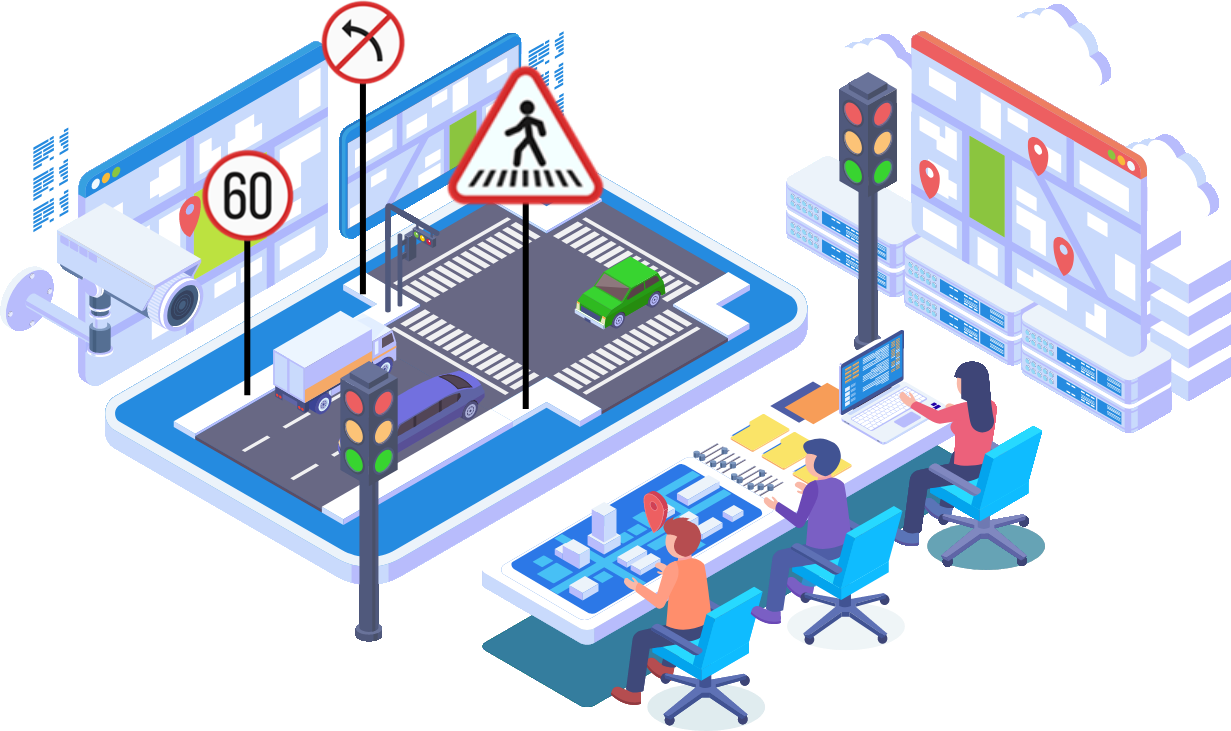
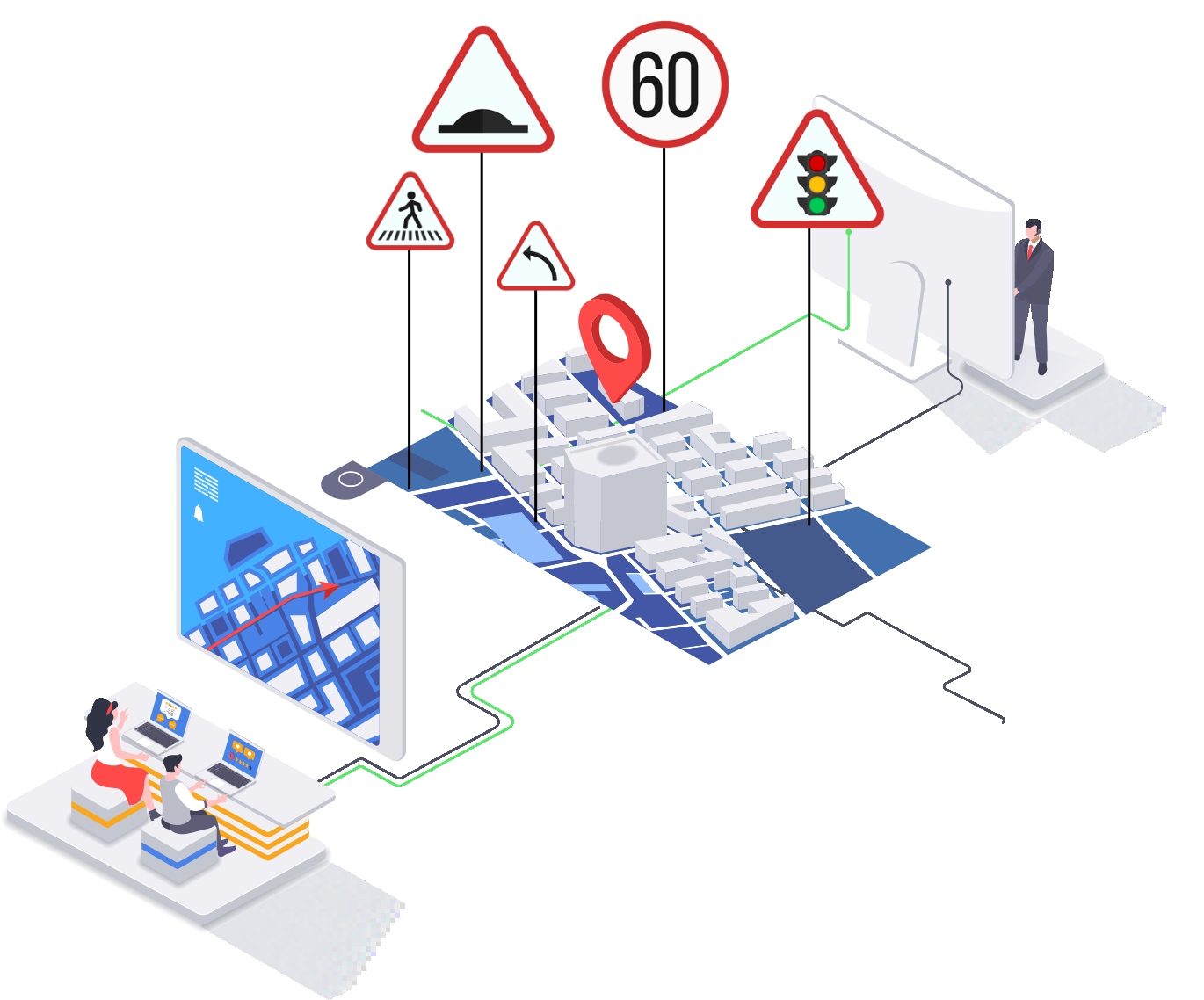
Up-to-date images of the places we practice are at your fingertips! With Tytovision Street View Data Generation (SVDG), visual data is provided to the users from all over the city!
With Tytovision SVDG, raw road images are positioned with frequent intervals on map. And, current-authentic road-street view data is generated.
Each street image is shown on the map with it symbol. Even if the same spot is stored in different times, all data are shown to the user in a unique, singular and simple form. Data of same spots are stored in reverse chronological order.
Potholes means both danger and traffic! It is now very easy to detect road potholes by analyzing the obtained images on servers.
With Tytovision Road Pothole Data Generation (RPDG), it detects potholes and road defects and creates city-wide alarm points. In addition, road cracks and other deformations are reported to the user.
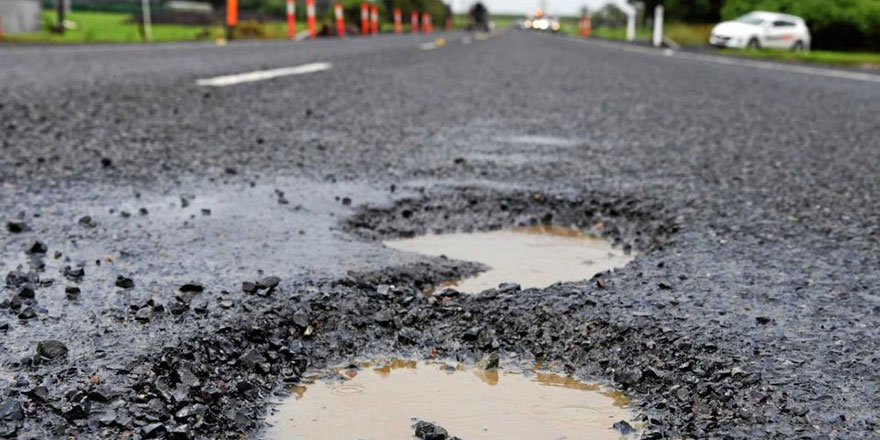
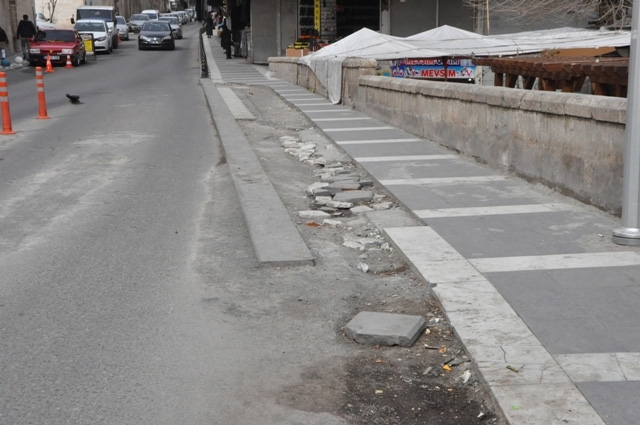
Tytovision can also generate data about Urban Aesthetics. Broken pavements and broken curbs cause pedestrians, especially physically disabled and wheeled citizens, to prefer the road instead of the pavement.
This not only damages Urban Aesthetics but also threatens traffic and pedestrian safety on the locations of deformations.
With Tytovision Pavement Deformations Data Generation (PDDG), deformations are detected and warnings are generated quickly to provide necessary actions are taken on time.
One of the most important guidance tools for drivers in traffic is lanes.
It is seen in many ongoing studies that ADAS (Driver Support Systems) will be one of the most important actors of traffic safety in the next 10 years. In the light of this knowledge, the paint and condition of the lines should be enough to be noticed by the drivers.
Road Line Data Generation (RDG) measures the quality of lanes across the city. Deficiencies, lacks and deformations are reported by creating alarms to users.
